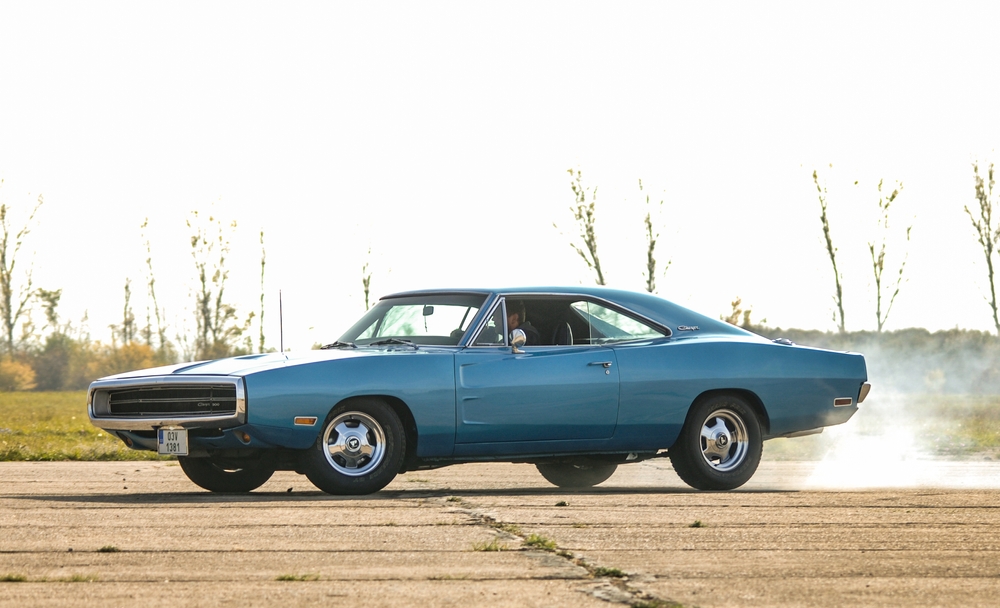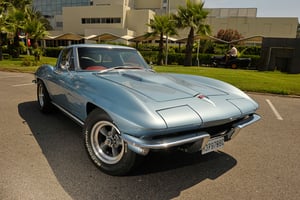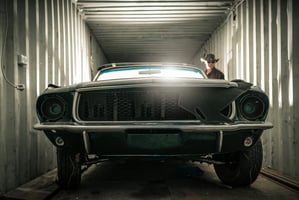One of the most common issues that classic car owners face is a flat battery - especially if the...
With its unmistakable presence, thunderous engine and rich heritage, the Charger stands as a true testament to the prowess of the American muscle car. Join us on an exhilarating ride through time as we explore the captivating history of this iconic car, with its many adaptations, improvements and achievements.
The birth of a legend
The Dodge Charger roared on to the scene in 1966, heralding a new era of automotive innovation and performance. Originally conceived as a response to the rising demand for high-performance vehicles, the Charger quickly established itself as a force to be reckoned with, both on the streets and on the track.
The Charger was an effort by Dodge to produce an up-scale, up-sized pony car in response to the Ford Mustang and Chevrolet Camaro. American Motors Company (AMC) had already introduced a similar vehicle in 1965 - the Marlin - which identified as a personal car, in the emerging market for sporty, comfortable cars. If you didn’t already know, a pony car is an American car classification for affordable, compact, highly-styled coupes or convertibles with a sporty or performance-oriented image.
The Charger - with its sleek, fastback design inspired by aircraft aerodynamics - set itself apart from its competitors and captured the imagination of car enthusiasts worldwide. Making its debut in 1966, it entered what was then the muscle car revolution that was sweeping across America. Muscle cars are vehicles more focused on raw power rather than handling, and are powered by big-block V8 engines. Good for fast driving in a straight line, but less able to deal swiftly with corners…
Ultimately, the Charger soon captured the imagination of car lovers with its design and formidable performance capabilities. It wasn’t just a car; it was a statement - a symbol of speed, power, and freedom.
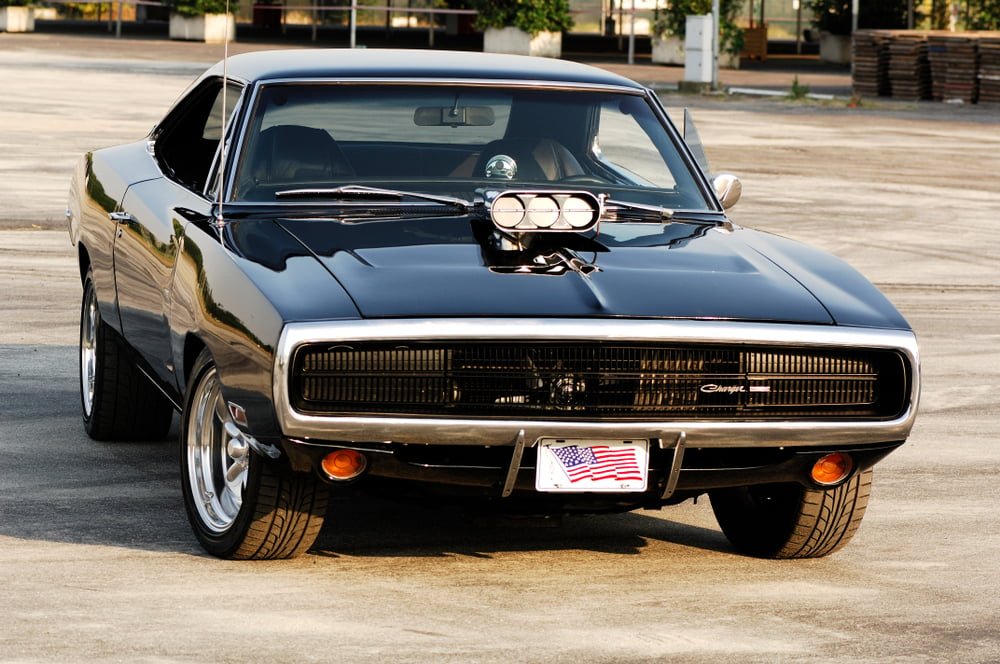
Eight generations of car
There have been an impressive eight generations of the Charger since 1966. The first generation saw a car derived from the Dodge Coronet that included high-trim and comfort features, positioning itself as a luxurious fastback hardtop. The Charger's interior featured four bucket seats with a centre console that went through from the front to the back seats. Sales were not particularly high, and it became clear that something needed tweaking.
A makeover occurred for the second generation. The Charger was redesigned for 1968, and 35,000 units were nominated for production. The more aerodynamic shape formed the Charger 500 model, later followed by the 1969 Charger Daytona. After some wind tunnel testing, a large spoiler was added to the rear for more downforce. Things were looking good, as a 1970 Charger won the most NASCAR races in 1970, also helping Bobby Isaac win the championship that year, so something was definitely working.

The third generation ran from 1971 to 1974, with the Chrysler B platform being modified to meet new emissions and safety regulations. The Charger was now available in six different packages with cosmetic changes and options, including a split grille.
For the fourth generation, from 1975 to1978, Dodge added the Magnum to the range, along with a Daytona model fourth-generation Charger which featured signature stripes that ran along the length of the car.
The fifth generation ran from 1982 to1987. The Charger returned as a front-wheel drive subcompact hatchback coupe with a five-speed manual or three-speed automatic transmission.
Nearly 20 years later, the sixth generation came into production in 2006. Dodge reintroduced the Charger in 2005 for the 2006 model year as a Chrysler LX platform-based four-door sedan. Although the 1999 Charger concept car also featured four doors, it shared little else with this new, improved 2006 production model.
The seventh generation, from 2011 to 2023, started with improved interior and new exterior styling for 2011. This included new side scoops along both front and rear doors, more angular headlights, aggressive new grille styling, and a more defined and aerodynamic shape overall. Most notably, the rear adopted a more modern wrap-around LED rear light spanning nearly the entire boot width.
Finally, in 2024, we land at the current eighth generation where the new Charger was unveiled in March. The Next-Gen Charger Daytona is available as an electric car - the very first electric muscle car on the market. The front and rear have illuminated Fratzog badges that pay homage to the early days of the Dodge muscle from the 1960s. Black or Demonic Red (sounds interesting!) are the choices available for the performance-inspired leather-trimmed front seats - which definitely add to the car’s show-stopping overall look. Nice!
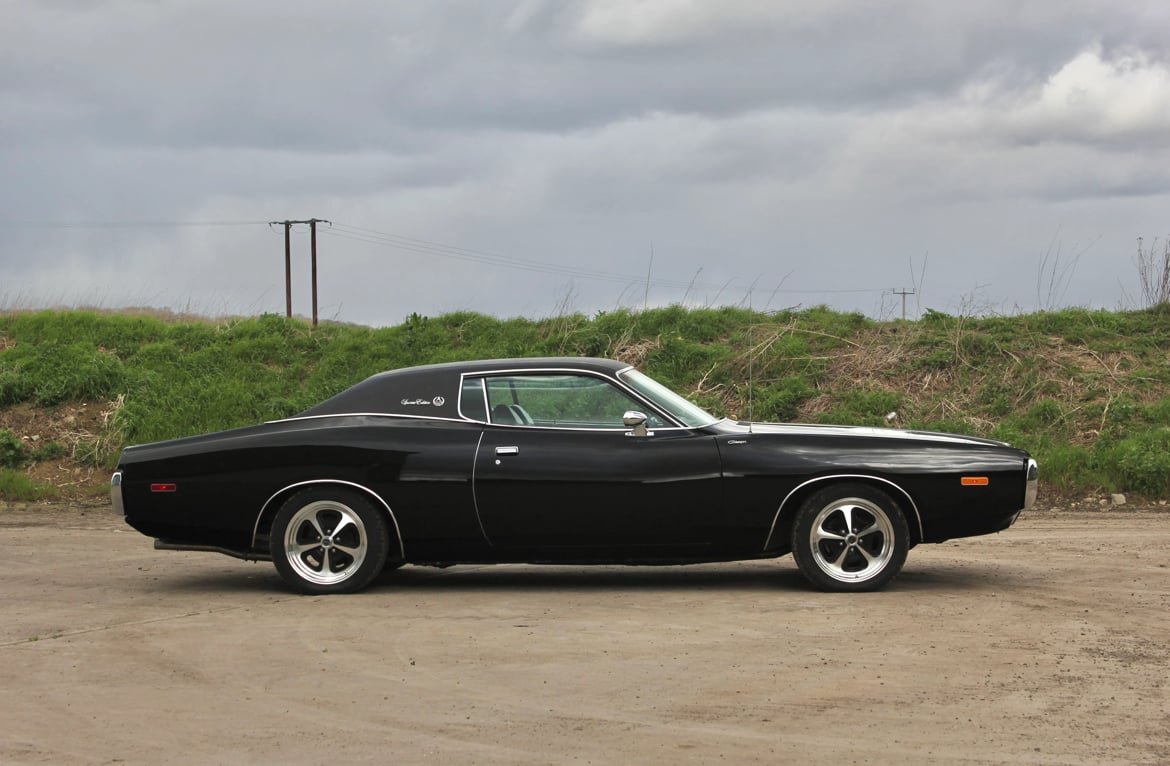
Power at the core
At the core of the Dodge Charger’s ongoing appeal lies its formidable performance capabilities. From the legendary HEMI V8 engines of the 1960s to the modern-day Hellcat superchargers, the Charger has always been synonymous with raw power and exhilarating speed. With each new generation, Dodge engineers have pushed the boundaries of automotive engineering, delivering performance that pushes the limits of what’s possible on four wheels.
Racing dominance on the track
The Charger’s racing pedigree is as storied as it is impressive. Throughout its history, the Charger has dominated the NASCAR circuit, earning countless victories and championships along the way. Its powerful engines, aerodynamic design, and reliability have made it a favourite among racing teams and drivers alike, cementing its status as a true icon of motorsport.
An American cultural icon
Beyond its success on the track, the Dodge Charger has also left an indelible mark on popular culture.
The Charger gained widespread fame as the vehicle of choice for the Duke boys in the TV series The Dukes of Hazzard, where the 1969 orange General Lee (as the car was known) famously performed gravity-defying jumps and daring stunts. Interestingly, it had its doors welded shut so the family had to climb in and out of the windows! Of the 85,000 Chargers produced for that year, 317 were used in the filming of the TV show, with an average of 3 cars written off each episode…
In fact, in the last year of the show running, producers found they had created a shortage of 1969 Dodge Chargers. In their place they began to use AMC Ambassadors, painting them orange and using fancy camera angles to try to hide the fact they were different cars, and even had a special effects company shoot some of the jump scenes with miniatures when stock became low.

I think you’d have to admit, this is one pretty cool car. As we can see from looking at its history, one thing becomes abundantly clear: this is not just a car; it’s a cultural icon, a symbol of power of performance, and of American innovation. From its humble beginnings in the 1960s to its status as a modern-day powerhouse, the Charger continues to inspire car lovers around the world. And, as long as there are open roads and a thirst for adventure, the legend that is the Dodge Charger will no doubt continue to speed along those roads for generations to come.




